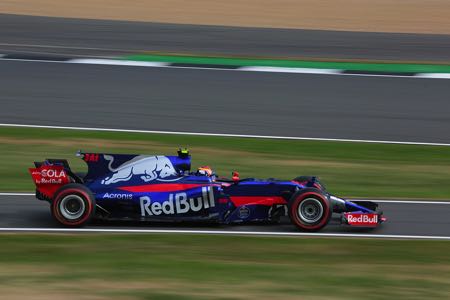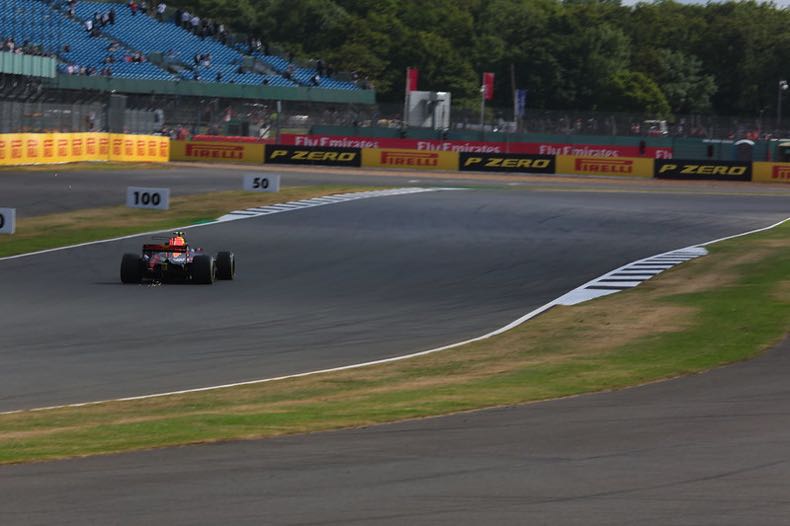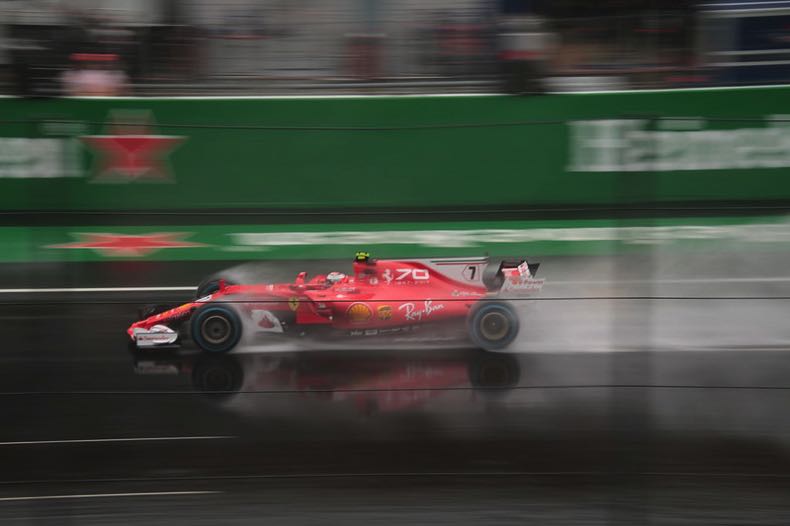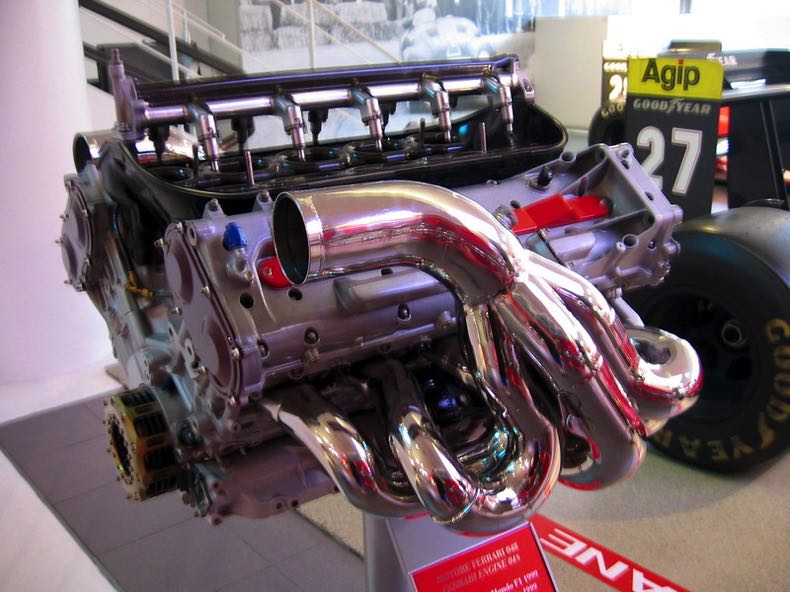
Now we all know that Formula One is the pinnacle of motorsport, but just how fast do the cars go? Here we will be looking into good old 0-60 stats, top speeds, and how DRS has affected the speeds and acceleration of modern Formula 1 cars.
Some of the stats and figures available on this subject don’t really do F1 cars justice. This is a thrill ride, with g-forces off the chart making driving these things exciting and scary. While we can talk aerodynamics, aesthetics and just pure choice of sport, we know that F1 cars are considered the best in the motorsport business purely because of speed. Modern Formula One cars have spacecraft-like technology and design. They move with such surefootedness and ferocity that it takes very skilled, very strong and very fit drivers to handle them.
The g-forces involved mean that driving an F1 car is akin to flying a fighter jet. The risk of injury (or worse) is always there owing to the speeds achieved. Today’s cars look nothing like the F1 cars of 1950 when the sport began. The safety features are now excellent, but while the cars are almost unrecognisable the sport remains about speed and bravery.
F1 Car Top Speeds

Lots of things have to fall in line for an F1 car to reach top speed. Weather conditions play a part, as do tyres, momentum and traffic. On a long straight and in ideal conditions, an F1 car can reach speeds of around 220mph. That’s approximately 354kph.
Consider this: When you take off on an airport runway in a 737 and get pushed back in your seat, you’re going around 150mph in a plane weighing 41,000kg. Imagine the feeling then of sitting in a car weighing less than 800kg, low down and tight to the road, going 220mph. These machines are lethal.
In terms of how fast these cars have been clocked, 231mph was actually clocked by Valtteri Bottas’ Mercedes during the Mexican Grand Prix in 2016. Conditions, as we mentioned, have to be ideal and they were that day.
Are F1 Cars the Quickest in the World?
The short answer here is no. They are the most impressive in terms of aerodynamics but strictly speaking, they are not the very fastest. IndyCars, racing in the USA, are the fastest around in terms of basic speed. They don’t have to corner, however, and the g-forces are simply not there to the same degree. F1 cars need much more downforce which means that, while they corner incredibly quickly, they cannot be fastest in a straight line.
0-60 Speed of an F1Car
While the humble 0-60 measurement isn’t important to F1 engineers, it is the time-honoured way to measure the acceleration of a car. This is true of a Ferrari as much as it is of Renault Zoe. Getting a car from 0 to 60mph is the way it has always been done. Formula One cars can accelerate from 0 to 60 miles per hour in roughly 2.6 seconds. That is hugely impressive, but more so when compared to your family car. To be honest, roadworthy supercars can go from 0-60 in 2.3 to 2.8 seconds, often faster than an F1 car. Some have even broken the 2-second barrier in tests, which seems outrageous.
Formula One cars are indeed like the proverbial off a stick, and they can comfortably top 200mph in the straights. Their stats in terms of straight-line speed and acceleration can be and is beaten, however, with the F1 car’s strengths being cornering. There, they behave as though they’re on rails in a manner, which would knock most drivers out unconscious.
Drag Reduction System (DRS)

Something which has helped acceleration and speed in modern Formula One has been the advent of the DRS system. DRS stands for ‘Drag Reduction System’ and is an aid for overtaking in Formula One. It was introduced back in 2011 to allow more overtaking in races after some commentators believed the sport to have become a little stale. Every year, the tracks used for F1 races put forward two or more DRS Zones. These designates areas are often on the longer straights of a circuit, places in fact where the cars can reach top speeds.
A driver following another car is allowed to operate the DRS using a button on their steering wheel, as long as they are within one second of the car in front. Depressing the button on the wheel opens a flap in the car’s rear wing. This means that the aerodynamic drag becomes reduced with the car being able to fly along at about 10mph faster than the one in front. Sometimes this leads to an overtake, though sometimes it doesn’t. The main criticism is that DRS allows for what is known as “artificial overtaking”, with no need for the driver to show any real ingenuity. DRS seems to be here to stay, however, and to be used as an aid alongside these incredibly large and powerful engines.
F1 Car Engine Sizes

You may have noticed an upgrade to all engines in recent years. Before, you’d need a 2ltr-plus engine to give yourself a semblance of power. Now, SUV’s can be powered by engines as small as one litre. In Formula One, the engines now are typically 1.6-litre, V6 affairs. Of course they are turbocharged for maximum performance.
Something we’ll cover in more detail on another post is the fuel used by F1 cars. They are hybrid powered these days, as the sport is aware of its obligations to cut carbon emissions. Using older fuels was simply not sustainable in a sport such as this. Those who watched the sport in the Damon Hill v Michael Schumacher days will remember things being markedly different. Back then, the engines were V12 units (featuring 12 instead of 6 cylinders).
The latest Formula One engines can produce some awesome stats, throwing out 1,000 break horsepower with the cars overall as fast as they’ve ever been despite being greener and safer. While aerodynamics have played a part in this, the weight has too with technology and materials allowing for the cars to weigh less than 800kg before fuelling.
